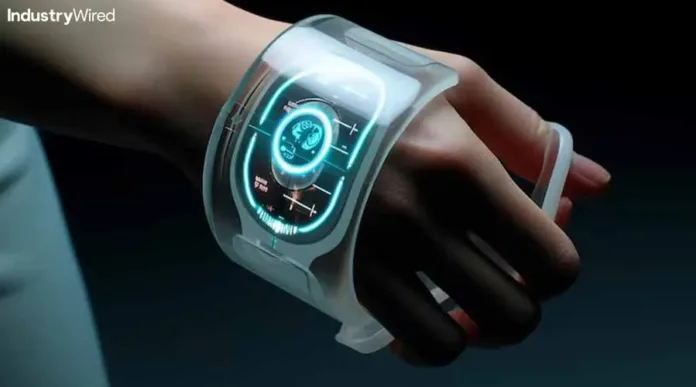
Wearable technology has rapidly evolved from simple fitness trackers to sophisticated gadgets that are revolutionizing how we live, work, and interact with the world. No longer confined to counting steps or monitoring heart rates, the future of wearable tech holds the promise of transforming healthcare, communication, workplace productivity, and personal safety. As innovation accelerates, wearable technology is becoming a central force in the tech-driven lifestyle.
From Fitness Bands to Smart Ecosystems
What began with devices like pedometers and heart rate monitors has grown into an entire ecosystem of smart wearables. Today’s smartwatches, AR glasses, smart rings, and even wearable patches offer features that go far beyond basic activity tracking. These gadgets now collect and process data in real-time, communicate with smartphones or cloud platforms, and provide actionable insights for users and businesses alike.
Healthcare and Medical Advancements
One of the most groundbreaking applications of wearable technology is in the field of digital healthcare. Modern wearables can monitor vital signs such as blood oxygen levels, ECG, sleep patterns, and glucose levels. Devices are even being developed to detect early signs of disease through biomarkers. For patients with chronic conditions, wearable devices offer constant monitoring and data-sharing with healthcare providers, improving treatment outcomes and reducing hospital visits.
Smart clothing with embedded sensors, for example, can track muscular activity and detect signs of fatigue in real time. These innovations not only support patient care but also empower individuals to manage their own health more effectively.
Workplace Efficiency and Safety
In industries like manufacturing, logistics, and construction, wearable devices are making workplaces safer and more efficient. Smart helmets, wearable sensors, and augmented reality glasses can provide workers with critical information in real-time, detect hazardous conditions, and even alert supervisors in emergencies.
These wearables are also useful for tracking worker performance, ensuring compliance, and reducing human error. As remote work and hybrid models expand, wearable devices can help monitor productivity and well-being in ways that weren’t possible before.
Fashion Meets Functionality
Design and user experience are key factors driving the adoption of wearable tech. Today’s consumers want devices that blend seamlessly into their lifestyles — and wardrobes. Smart rings, designer smartwatches, and stylish smart glasses are proving that functionality doesn’t have to come at the expense of fashion.
Innovations like flexible displays, smart fabrics, and invisible sensors are pushing wearable tech into the world of mainstream fashion. Tech giants and fashion brands alike are collaborating to create wearables that are not only intelligent but also aesthetically appealing.
Mental Wellness and Emotional Tracking
Beyond physical health, wearable devices are also starting to focus on mental well-being. Gadgets with biosensors can detect stress levels, emotional states, and even provide relaxation or meditation cues. Wearables like brainwave-reading headbands and emotion-tracking wristbands help users understand their mental state and develop healthier habits.
As society becomes more aware of mental health challenges, these features will be essential tools in creating holistic wellness ecosystems powered by technology.
Connectivity and the Internet of Things (IoT)
As IoT devices continue to expand, wearable technology will play an essential role in building interconnected digital ecosystems. From syncing with smart home systems to controlling IoT-enabled appliances or vehicles, wearables are becoming control hubs for the modern smart lifestyle.
The integration of 5G and AI in wearable tech will enable faster data transfer, better analytics, and more personalized user experiences. Real-time language translation, AI-powered recommendations, and context-aware assistance are just the beginning.
The Future Outlook
Looking ahead, wearable technology will likely see advancements in the following areas:
Biometric authentication for secure access and transactions.
Nanotechnology to develop more compact and energy-efficient devices.
AI-enhanced wearables that learn user behavior and offer predictive suggestions.
Medical-grade wearables approved by health authorities for clinical diagnostics.
As wearables become more intelligent and autonomous, the line between device and user will continue to blur. In the near future, we may see wearables that adapt in real-time to our environments, emotions, and needs.